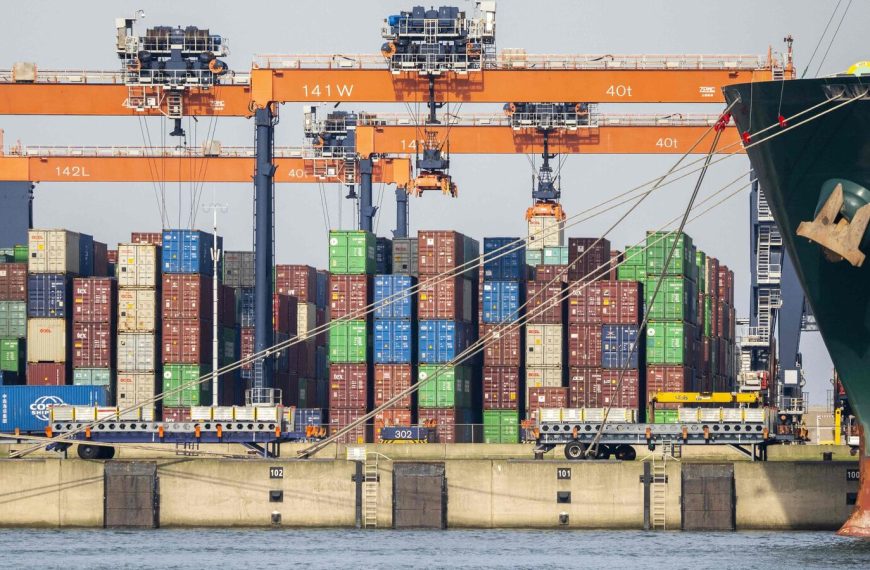The municipal bond market in India is poised for significant growth, with projections indicating that issuances could surpass ₹1,500 crore during the financial year 2025-2026. This surge is primarily attributed to the proactive measures taken by the government, as detailed in a recent report by ICRA. With a rising emphasis on Environmental, Social, and Governance (ESG) initiatives, the report also anticipates an increase in the share of green and pooled bonds.
Current Landscape of Municipal Bonds
In recent years, particularly since FY2018, the municipal bond market has gained remarkable momentum, thanks largely to fiscal measures introduced by the Government of India (GoI). To put this into perspective, the total amount raised through municipal bonds has reached over ₹2,600 crore, a significant leap from the mere ₹1,000 crore raised during the period of FY1998-FY2005.
Key Growth Drivers
The growth trajectory of municipal bonds in India can be attributed to several pivotal actions:
-
SEBI Regulations: In 2015, the Securities and Exchange Board of India (SEBI) laid down the "Issue and Listing of Debt Securities by Municipalities" regulations, clearly defining municipal bonds and attracting investor interest.
- Incentive Schemes: The GoI launched an incentive program in FY2018, providing approximately ₹13 crore for every ₹100 crore bond issuance. This initiative has encouraged Urban Local Bodies (ULBs) to explore this financing avenue.
Challenges Ahead
Despite the optimistic outlook, the municipal bond market faces several hurdles that could hinder its progress:
-
Dependence on Government Grants: ULBs remain heavily reliant on grants, which can limit their financial autonomy.
-
Transparency Issues: There is a pressing need for timely and adequate financial disclosures to build investor trust.
-
Market Liquidity: The lack of a secondary market for municipal bonds can restrict trading and investment opportunities.
- Credit Quality Concerns: Many ULBs struggle with weak credit ratings, making it challenging to access capital markets.
Future Outlook
Looking ahead, upcoming municipal bond issuances are expected to maintain similar structured payment mechanisms that have bolstered credit ratings. Remarkably, all municipal bonds issued since FY2018 have achieved an AA rating, reflecting robust investor confidence despite varied credit profiles among ULBs.
Since FY2018, a total of 17 municipal bonds have been issued, averaging around ₹150 crore each. However, as highlighted by ICRA, improving the credit quality of ULBs and enhancing transparency in financial reporting will be crucial for the sustainable growth of India’s municipal bond market.
In summary, as the municipal bond sector in India continues to evolve, both the government and local bodies must address existing challenges to fully capitalize on the potential of this financial instrument.











